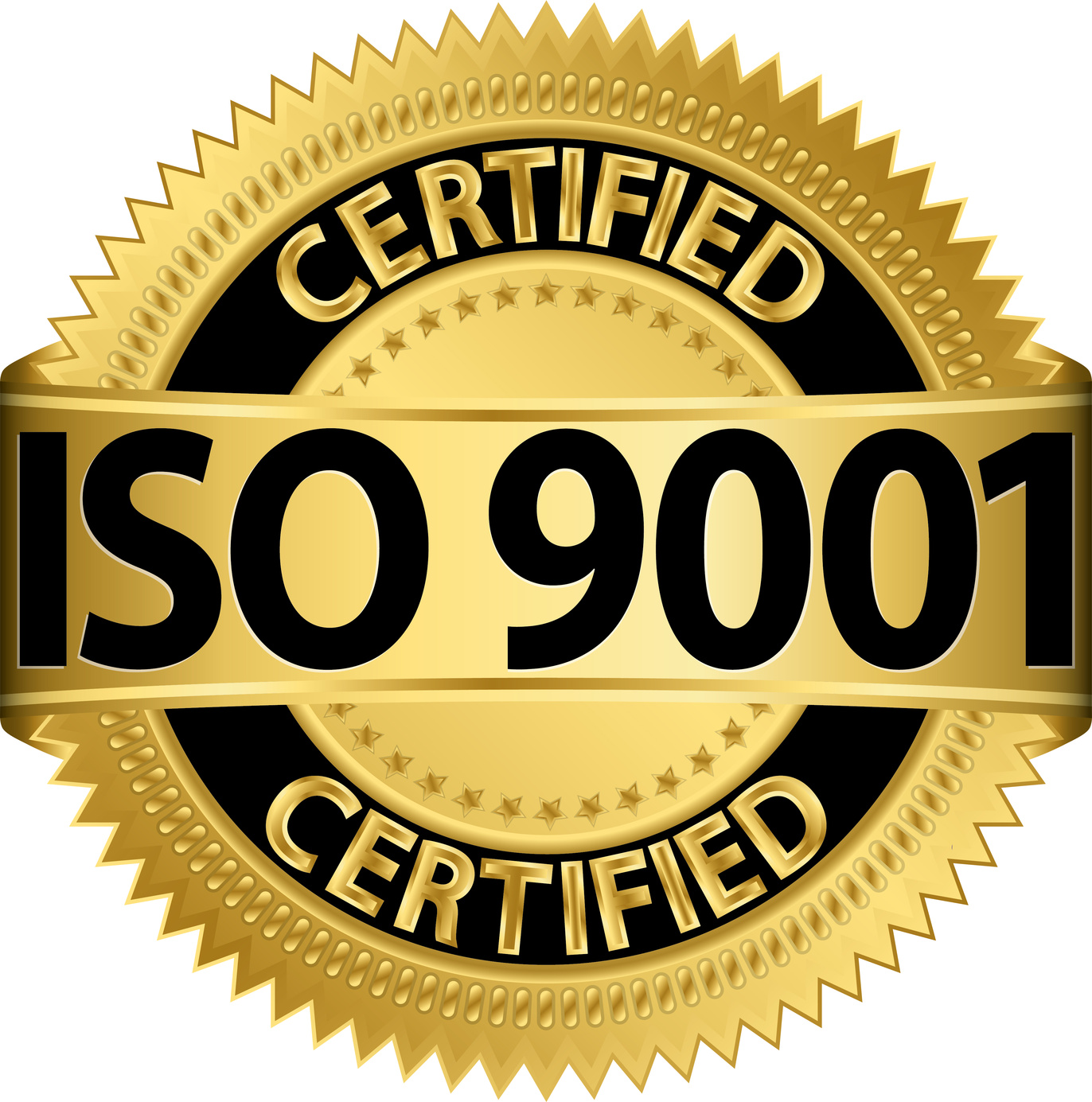February 3, 2015 | Quality
ISO 9001 Revised in 2015: What Does It Mean for Manufacturers?

Word is traveling fast about a major new development that will impact the California manufacturing sector in
2015. You may’ve heard about it through the grapevine, your registrar, or the internet. The International Standard Organization (ISO) is in the process of revising the ISO 9001 – which is now scheduled for approval by the end of 2015. Although ISO 9001 was last revised in 2008, the ISO 9001:2015 version will contain the most significant changes in the past 15 years!
If your manufacturing company:
- obtained current ISO 9001:2008 certification,
- plans to acquire ISO 9001:2015 certification,
- or is contemplating the implementation of a quality management system consistent with ISO 9001,
then this news might make your palms sweat a little. After all, flashbacks of the days (and nights) spent developing your current quality management system in order to comply with the present standard was probably a painful experience.
Before you consider a career change, it would be beneficial to understand the revised 9001 standard. The ISO 9001:2015 incorporates three fundamentals for quality management:
- The Process Approach – Introduced in the 2000 and 2008 versions of ISO 9001, this first core concept carries on to 9001:2015 because it was highly successful in guiding quality management implementation. Dr. Nigel Croft, chairman of the ISO subcommittee on 9001 revision, explains how the process approach was altered in ISO 9001:2015.
“We apply systematic definition, management, and interaction of processes to the organization to achieve the intended results – consistent products and services. The new version of the standard places strong emphasis on the quality management system being woven into and aligned with strategic direction.”
In other words, the new ISO 9001 focuses on tight coordination between manufacturing processes and the company’s overall strategic direction.
- The Plan-Do-Check-Act Methodology – Dr. Croft said this second core concept tackles the way in which individual process fit together into the overall system of the organization. This point also covers an examination how successful these individual processes are in achieving great results with company products and services.
- Risk-Based Management – Largely new to ISO 9001: 2015, this third core concept aims at organizations establishing a systematic approach to risk so as to prevent undesirable outcomes. Manufacturers who integrate risk measures with their organizational systems will become proactive, instead of only reactive, in dealing with detrimental events and enhancing the general well-being of the organization.
Here’s an example of a significant risk that ISO 9001:2015 could have alleviated. An important supplier of auto parts located in Japan’s northeast region was impacted by the 2011 deadly earthquake and tsunami. This company partnered with not only Japanese car manufacturers, but also other car manufacturers around the globe. After this natural disaster, Nissan, Toyota, and many of their competitors had to stop production temporarily and their sales decreased by as much as 20% as a result.
The updated 9001 standard’s risk-based guidelines and specifications are designed to assist manufacturers in managing risk effectively for a consistent pace of production in major and minor catastrophic events.
ISO 9001:2015 is presently in its fifth stage (Final Draft International Stage) of a six-stage approval process. Authorities intend to publish the final version by the end of 2015. Manufacturers will be provided with a three year period to transition their quality management systems from ISO 9001:2008 to ISO 9001:2015.
There are three key measures that you can take in preparation for the revised ISO 9001. These actions will benefit your organization even if you choose not to pursue certification. If you are certified in ISO 9001:2008, certification for the new standard will begin in the fall of 2015.
- Survey your customers to determine the effectiveness of your current processes.
Manufacturers normally take great care to ensure that their organizational and technical processes lead to great product user experiences and satisfaction. But as a manager or employee in the manufacturing sector, you shouldn’t merely assume customers are satisfied with your processes and products. Instead, find out for sure by surveying your customers and getting their actual feedback. It may surprise you. Surveys will aid you and your company in identifying and improving areas that are “broken” before ISO 9001:2015 goes into effect (and before your customers move to a competitor!).
- Make sure your manufacturing processes align with the overall strategic direction of the company.
How will you ensure your individual processes work based on a strategic direction when you don’t have one to align these processes with? Use the time between now and the standard’s release to conduct strategic planning activities. CMTC can facilitate your strategic planning efforts by providing valuable expertise to you and your associates.
- Consider the risks of doing business.
We would love to live in a risk-free world but that is simply unrealistic. Manufacturers traditionally consider product, engineering, processing, and supplier risks. However, the updated ISO 9001 will also include consideration of natural disasters, terrorism, IT systems and “hacking,” and unstable political climates (both domestic and foreign). These new risks may induce great uncertainty for some manufacturers.
Once the various risks are identified, the company will need to determine how to mitigate and manage those risks. CMTC will help you conduct a risk assessment so that you isolate all potential sources of negative outcomes and establish protocols to address these risks.
We are available to help streamline your migration to ISO 9001:2015 according to your company needs and situation. Contact your CMTC Account Manager or Consultant today to discuss how we can assist you!


Leave a Comment